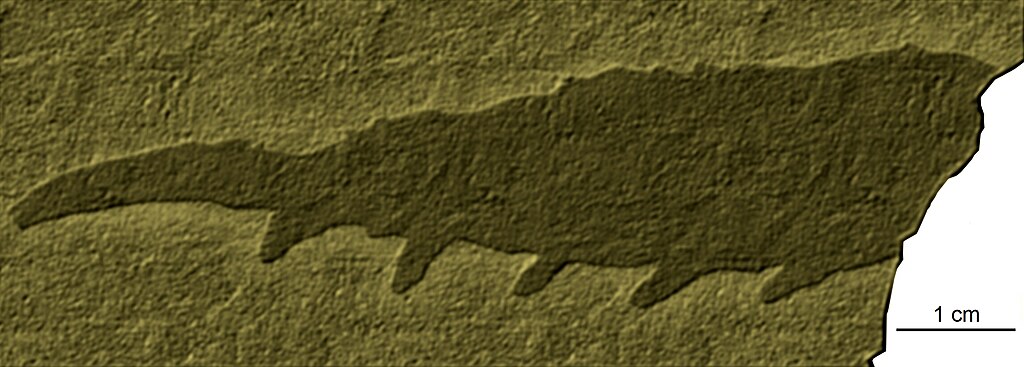Dinosaurs ruled Earth for over 165 million years, evolving a remarkable diversity of body plans and defensive adaptations. Among the most fascinating features some dinosaurs developed was body armor—elaborate arrangements of bony plates, spikes, and shields that protected them from predators. Yet not all dinosaur species possessed these defensive structures. This disparity in armor development represents one of paleontology’s most intriguing evolutionary puzzles, highlighting the complex interplay between predation pressure, environmental factors, and the adaptive radiation of different dinosaur lineages. From the heavily-armored ankylosaurs to the unarmored ornithomimids, the varying defensive strategies dinosaurs employed tell a compelling story about their ecological niches and survival tactics in the Mesozoic world.
The Evolutionary Purpose of Dinosaur Armor
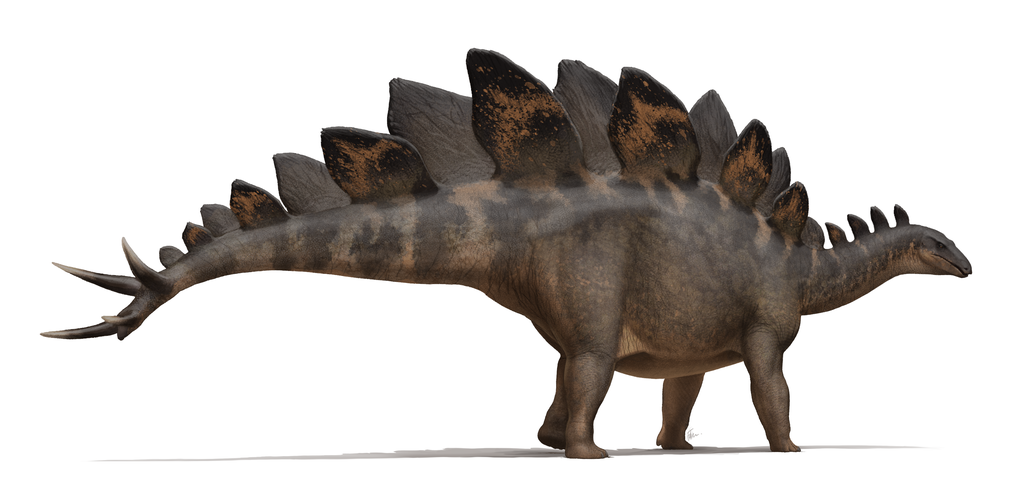
Dinosaur armor primarily evolved as a defensive adaptation against predation, providing crucial protection against the powerful jaws and teeth of carnivorous dinosaurs. These specialized structures, composed of osteoderms (bony deposits formed in the skin’s dermal layer), created a formidable barrier that could withstand bites, slashes, and crushing attacks from predators. Beyond predator defense, paleontologists have identified several secondary benefits of dinosaur armor, including thermoregulation, display functions during courtship rituals, and species recognition. Some researchers propose that certain armor formations may have also served as mineral storage reserves that dinosaurs could metabolize during times of nutritional stress. This multifunctionality helps explain why armor became such a worthwhile evolutionary investment despite its considerable metabolic cost to grow and maintain.
Notable Armored Dinosaur Groups

The most renowned armored dinosaurs belonged to two primary groups: the Ankylosauria and the Stegosauria, both within the larger Thyreophora (“shield bearers”) clade. Ankylosaurs like Ankylosaurus and Euoplocephalus evolved into living tanks, with bodies covered in thick bony plates and often featuring imposing tail clubs capable of delivering devastating blows to predators. Stegosaurs, including the iconic Stegosaurus, developed large upright plates along their backs and defensive tail spikes called thagomizers. Less extensive armor appeared in ceratopsians like Triceratops, which combined defensive frills with formidable horns, and in some sauropods that possessed small osteoderms embedded in their skin. Each group evolved distinctive armor types shaped by their unique evolutionary pressures and ecological contexts, representing different solutions to the problem of predator defense.
Large Size as an Alternative to Armor
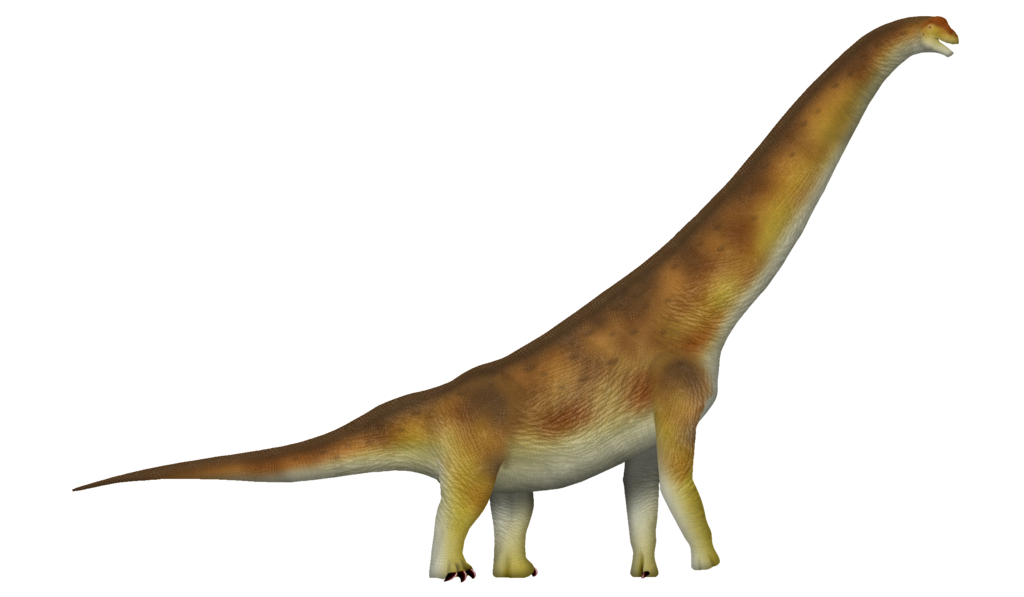
Many dinosaur species, particularly the massive sauropods like Brachiosaurus and Argentinosaurus, evolved enormous body sizes instead of armor as their primary defensive strategy. This evolutionary approach, known as gigantism, provided effective protection through sheer scale—adult sauropods were simply too large for most predators to attack successfully. Once sauropods reached a certain size threshold, typically after their vulnerable juvenile phase, they essentially outgrew predation pressure, making armor redundant. Their massive leg bones could deliver powerful kicks, and their long tails served as effective whip-like deterrents against potential attackers. The metabolic cost of growing and maintaining extensive armor would have been prohibitively expensive for creatures already investing enormous energy in attaining and sustaining their colossal size, creating an evolutionary tradeoff that favored gigantism over armored protection.
Speed and Agility as Defensive Strategies
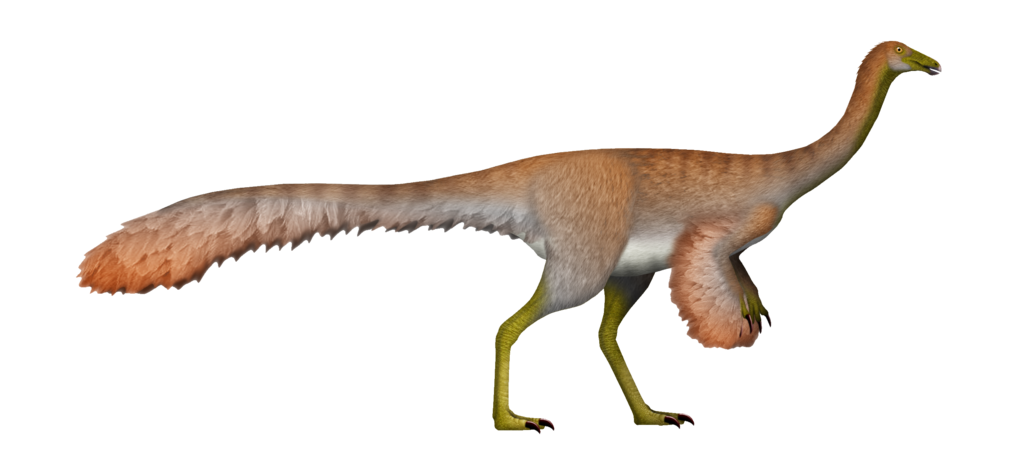
Many unarmored dinosaur species relied on speed and agility rather than armor for survival, evolving lightweight, streamlined bodies built for rapid flight from danger. Ornithomimids, often called “ostrich dinosaurs,” exemplified this approach with their long, powerful legs and hollow bones that minimized weight while maximizing running efficiency. Paleontological evidence suggests these dinosaurs could reach speeds of up to 40 miles per hour—fast enough to outrun most predators of their era. Similarly, many small theropods and ornithopods evolved heightened maneuverability, enabling them to make quick directional changes to evade pursuing predators. This escape-focused defensive strategy required significantly less metabolic investment than growing heavy armor, allowing these dinosaurs to allocate more energy to other survival needs like finding food, reproduction, and maintaining their high-performance locomotor systems.
The Role of Herd Behavior in Reducing the Need for Armor

Many unarmored dinosaur species compensated for their lack of physical defenses by developing complex social structures and herd behaviors that provided collective protection. Fossil evidence, including massive bone beds containing hundreds of individuals of the same species, strongly suggests many hadrosaurs, ceratopsians, and sauropods lived and traveled in large herds. These social groups offered numerous defensive advantages—multiple vigilant individuals could detect approaching predators earlier, alarm calls could warn the entire group of danger, and the confused visual mass of a fleeing herd made it difficult for predators to target any single individual. Additionally, some herding species may have formed defensive formations when threatened, with adults positioning themselves to protect vulnerable juveniles. This collective defensive strategy proved so effective that many dinosaur lineages evolved elaborate social behaviors rather than investing in metabolically expensive armor plates or spikes.
Ecological Niches and Armor Development

The ecological niche a dinosaur species occupied strongly influenced whether it evolved armor or alternative defensive strategies. Slow-moving ground-dwelling herbivores that fed on low vegetation, like ankylosaurs, faced high predation risk and limited escape options, making armor an essential survival adaptation. Conversely, tree-browsing sauropods that could survey their surroundings from great heights had advance warning of approaching predators, reducing their need for armor. Similarly, dinosaurs inhabiting dense forests versus open plains experienced different predation pressures, with forest-dwellers potentially benefiting more from camouflage than armor. The feeding strategies of different herbivorous dinosaurs also played a crucial role—those that needed to remain stationary while feeding for extended periods were more vulnerable to predation and thus more likely to evolve defensive armor. These ecological factors created a complex risk assessment matrix that shaped the evolution of defensive adaptations across different dinosaur lineages.
The Metabolic Cost of Growing Armor

Developing and maintaining extensive body armor required substantial metabolic resources, creating significant evolutionary tradeoffs for armored dinosaur species. The production of osteoderms demanded considerable calcium, phosphorus, and other minerals that had to be extracted from the dinosaur’s diet and diverted from other vital biological processes. This nutrient allocation represented an ongoing metabolic investment throughout the animal’s life as armor continued to grow and repair. Furthermore, the substantial weight of heavy armor plates and spikes increased the energy required for movement, potentially reducing foraging range and efficiency. For some dinosaur lineages, these metabolic costs outweighed the protective benefits, particularly if they had developed alternative defensive strategies like speed or social behaviors. The considerable metabolic expense helps explain why armor evolved primarily in dinosaur groups that couldn’t effectively employ other defensive tactics and faced persistent predation pressure in their ecological niches.
Ankylosaurs: The Most Heavily Armored Dinosaurs
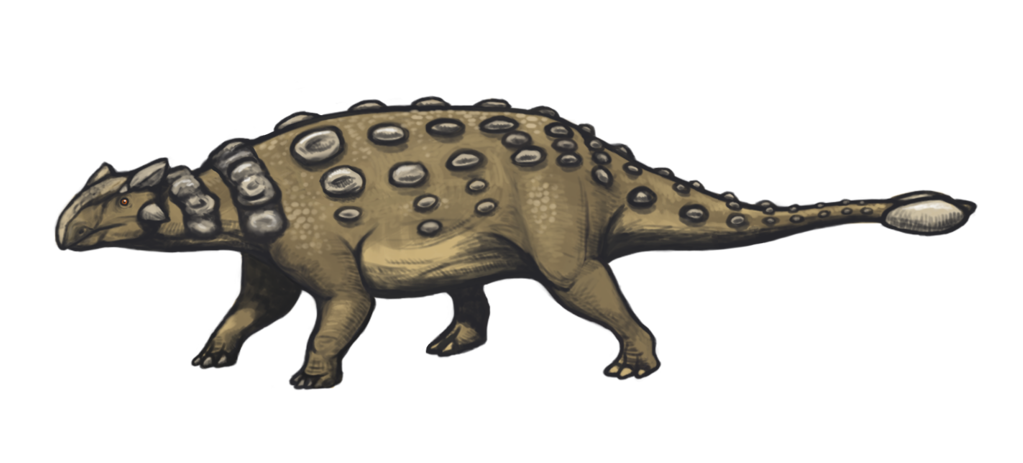
Ankylosaurs stand as the pinnacle of dinosaur armor evolution, developing the most comprehensive and sophisticated defensive adaptations among all dinosaur groups. These walking fortresses possessed densely packed armor composed of hundreds of bony plates called scutes that covered nearly their entire dorsal surface, creating an impenetrable shield against predator attacks. The arrangement of these plates varied by species, with some featuring flat, mosaic-like patterns while others developed protruding spikes along their sides and shoulders for additional protection. The most iconic defensive feature of advanced ankylosaurs was their tail club—a specialized weapon consisting of a knob of fused bone at the tail tip, sometimes weighing over 100 pounds, that could be swung with tremendous force against predators. Recent biomechanical studies suggest these clubs could deliver impacts powerful enough to break bones, making ankylosaurs not just passive defenders but active combatants capable of inflicting serious damage to even the largest predators of their time.
Unarmored Theropods and Their Defensive Adaptations

Theropod dinosaurs, including the fearsome Tyrannosaurus rex and the agile Velociraptor, evolved as primarily unarmored predators, relying instead on offensive capabilities and specialized adaptations for hunting. As active predators themselves, theropods typically depended on powerful jaws, sharp teeth, and in many cases, deadly claws rather than defensive armor. Their position at or near the top of their food chains significantly reduced the predation pressure that drove armor development in herbivorous species. Most theropods possessed hollow bones—an adaptation that reduced weight and enhanced speed and maneuverability, but was incompatible with developing heavy armor. Smaller theropods particularly emphasized quickness and agility, with some evidence suggesting that species like Velociraptor could make rapid direction changes at high speeds to outmaneuver both prey and potential threats. Additionally, many theropod groups developed enhanced sensory capabilities including keen vision, hearing, and smell that allowed them to detect danger and avoid confrontations that might require defensive armor.
The Curious Case of Stegosaurus Plates

Stegosaurus presents one of dinosaur paleontology’s most fascinating armor arrangements, featuring distinctive upright plates along its back that continue to generate scientific debate regarding their primary function. These large, thin, leaf-shaped plates, arranged in an alternating pattern along the spine, were poorly suited for defense due to their relatively fragile structure and the gaps between them that left much of the animal’s sides exposed. Modern research suggests these plates likely served multiple functions beyond basic protection, with thermoregulation possibly being their primary purpose. The plates contained extensive networks of blood vessels that could have helped the animal regulate body temperature by collecting or dissipating heat depending on how they were positioned relative to the sun. Additionally, the plates may have served important display functions during courtship or species recognition, with some evidence suggesting they could have been brightly colored or pattern-marked in living specimens. This multifunctionality explains why Stegosaurus evolved such distinctive structures that provided some defensive benefit while primarily serving other biological needs.
Geographic and Environmental Influences on Armor Evolution

The geographic distribution and environmental conditions dinosaurs inhabited significantly influenced whether they developed armor or alternative defensive strategies. Paleontological evidence indicates armored dinosaurs were particularly abundant in regions with open habitats and high predator density, where escape options were limited and predation pressure remained constant. Conversely, areas with complex terrain offering numerous hiding places or escape routes tended to foster less heavily armored species. Climate played a crucial role as well—heavily armored species faced greater heat management challenges in tropical environments due to their limited ability to dissipate body heat, potentially explaining why some armor evolved additional thermoregulatory functions. Environmental stability also affected armor development, with relatively stable ecosystems allowing for the gradual refinement of specialized armor over many generations, while rapidly changing environments might have favored more flexible defensive strategies. These geographic and environmental factors created a complex mosaic of selection pressures that helped determine which dinosaur lineages developed armor and which pursued alternative survival strategies.
Modern Analogs to Dinosaur Defensive Strategies

Contemporary animal species provide valuable insights into dinosaur defensive strategies through analogous adaptations that have evolved in response to similar ecological pressures. Modern armadillos, with their jointed bony plates, represent perhaps the closest living analog to ankylosaurs, demonstrating how armor can provide effective protection for slow-moving ground dwellers. Like certain unarmored dinosaurs, zebras and many antelope species rely on herd behavior and speed rather than physical defenses, employing the same safety-in-numbers strategy that benefited gregarious dinosaur species. African elephants parallel sauropods in using their imposing size as a primary defense while maintaining the ability to form protective circles around vulnerable juveniles when threatened. Porcupines offer a compelling comparison to stegosaurs, using sharp defensive structures primarily as deterrents rather than impenetrable shields. These modern examples help paleontologists reconstruct and understand the complex cost-benefit analyses driving the evolution of different defensive strategies across dinosaur lineages, illuminating why some species invested heavily in armor while others developed entirely different approaches to survival.
The Evolution of Dinosaur Armor Through Time
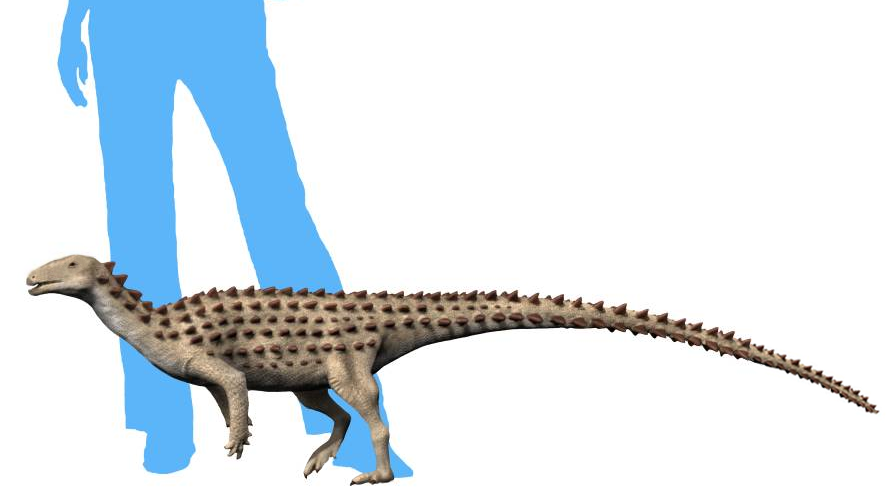
Dinosaur armor underwent remarkable evolutionary changes throughout the Mesozoic Era, reflecting shifting predator-prey dynamics and environmental conditions across millions of years. Early armored dinosaurs from the Late Triassic and Early Jurassic periods, like Scutellosaurus, featured relatively simple arrangements of small osteoderms providing basic protection. As the Jurassic progressed, stegosaurs developed their distinctive plate and spike combinations, representing a major innovation in defensive structures. The Cretaceous Period saw the rise of ankylosaurs with increasingly sophisticated armor configurations, culminating in species with interlocking plates and specialized tail weapons. Notably, the elaboration of armor often coincided with the evolution of more powerful and specialized predators, creating an evolutionary arms race between offensive and defensive capabilities. Some dinosaur lineages showed evidence of armor reduction when ecological conditions changed or alternative defensive strategies proved more advantageous. This temporal pattern demonstrates that armor evolution wasn’t a linear progression toward greater protection but rather a dynamic response to specific environmental challenges and predation pressures that varied across geological time scales.
Conclusion

The presence or absence of armor among dinosaur species represents a fascinating study of evolutionary tradeoffs and adaptive radiation. While heavily armored dinosaurs like ankylosaurs and stegosaurs invested enormous resources into their defensive structures, other successful lineages found alternative solutions to the universal challenge of survival. From the speed of ornithomimids to the towering height of sauropods and the social protection of herding hadrosaurs, dinosaurs evolved diverse strategies shaped by their ecological niches, metabolic constraints, and the specific predatory threats they faced. These varied approaches to defense highlight the remarkable adaptability that allowed dinosaurs to dominate Earth’s terrestrial ecosystems for over 165 million years. By studying these ancient defense mechanisms, paleontologists continue to gain valuable insights into the complex evolutionary processes that drive biodiversity and adaptation in both prehistoric and modern ecosystems.


